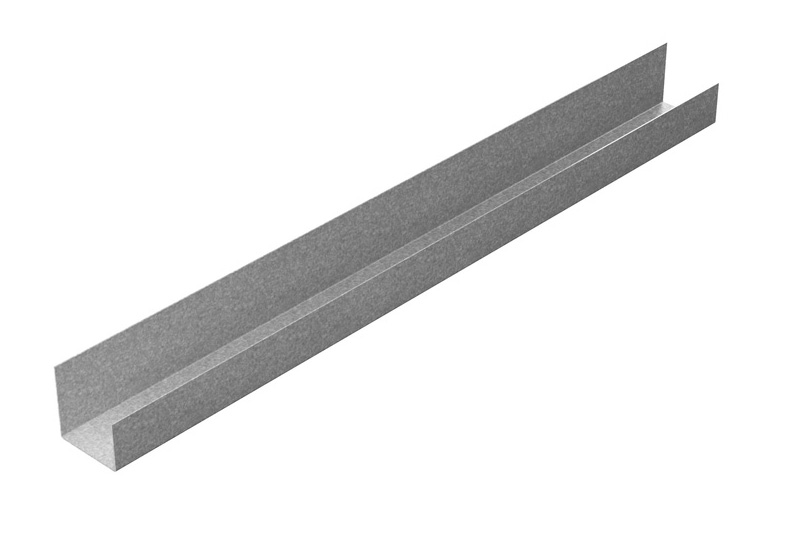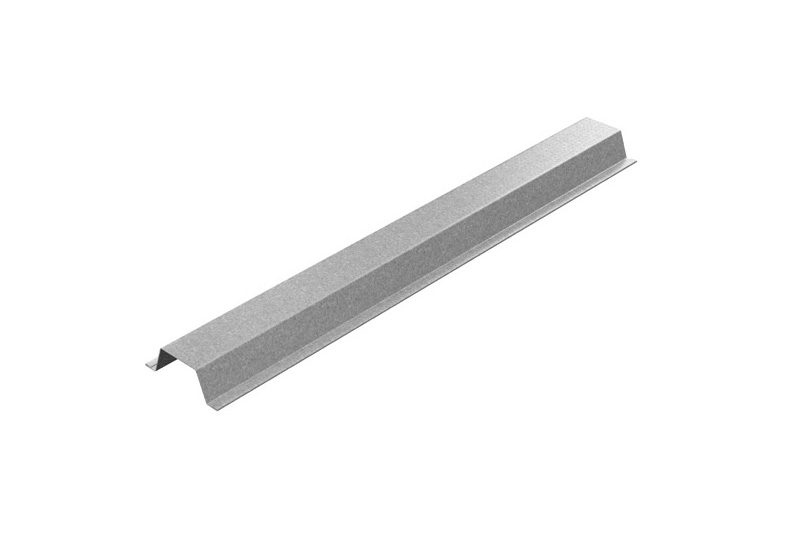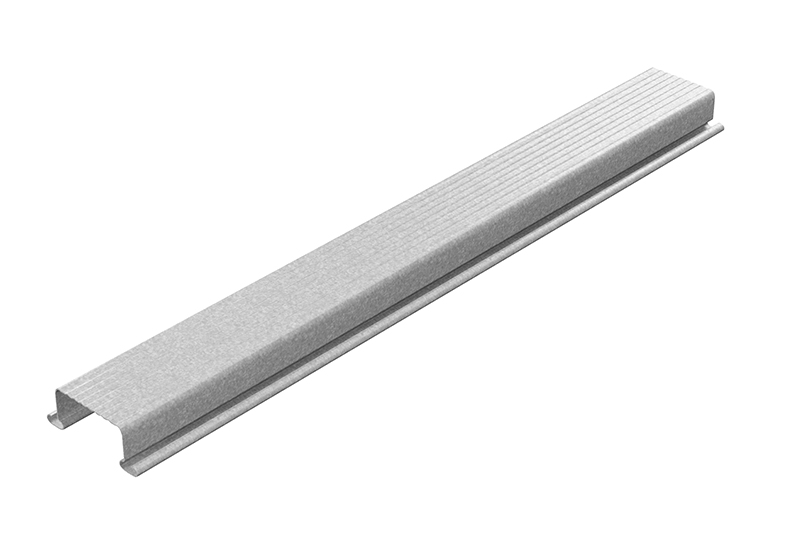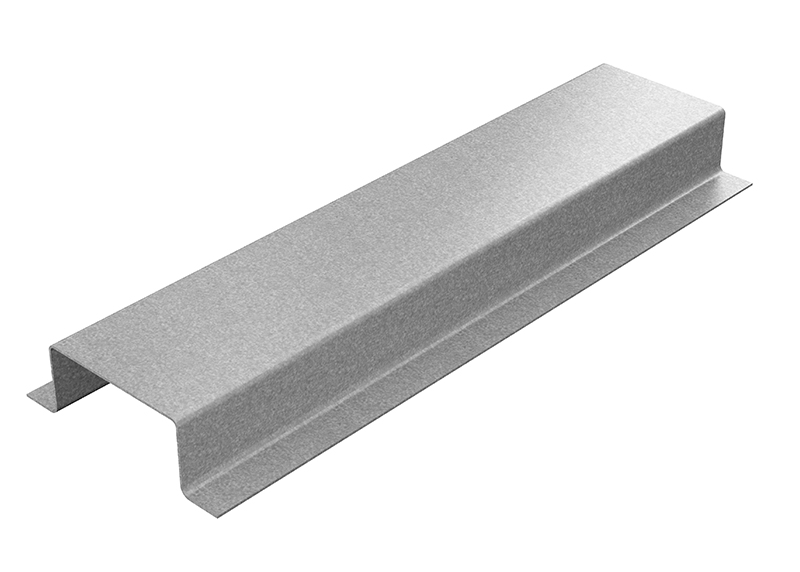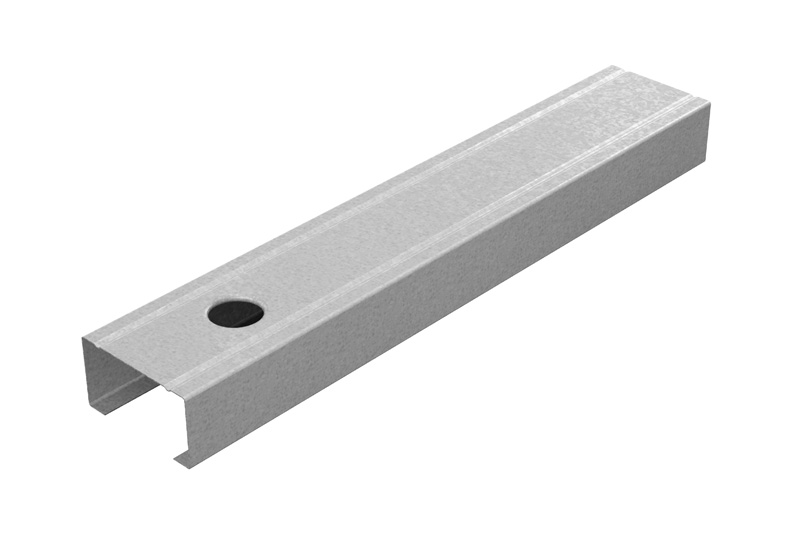
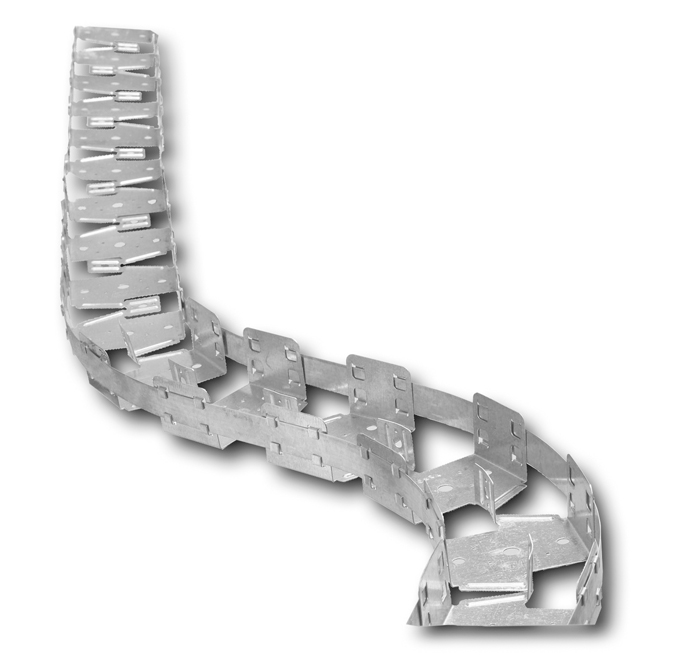
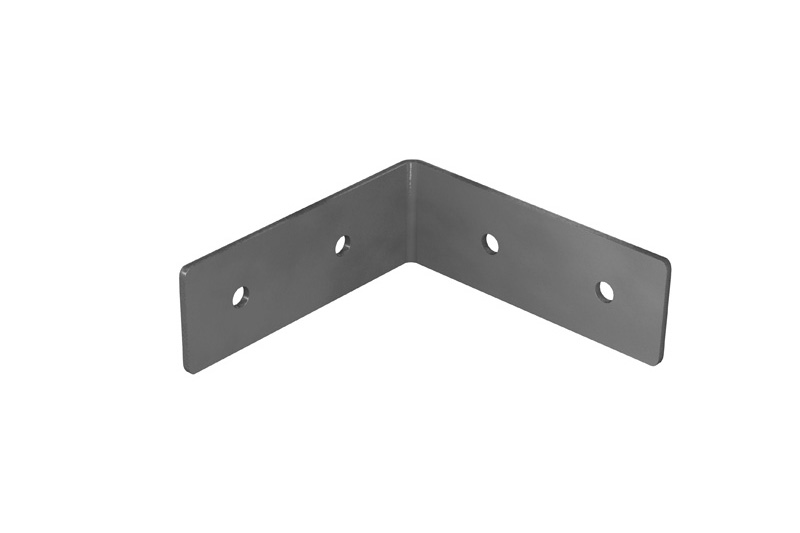
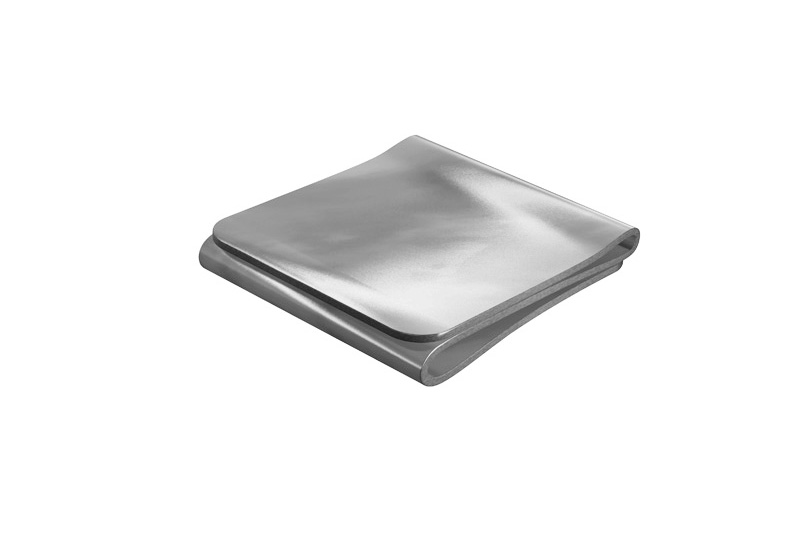
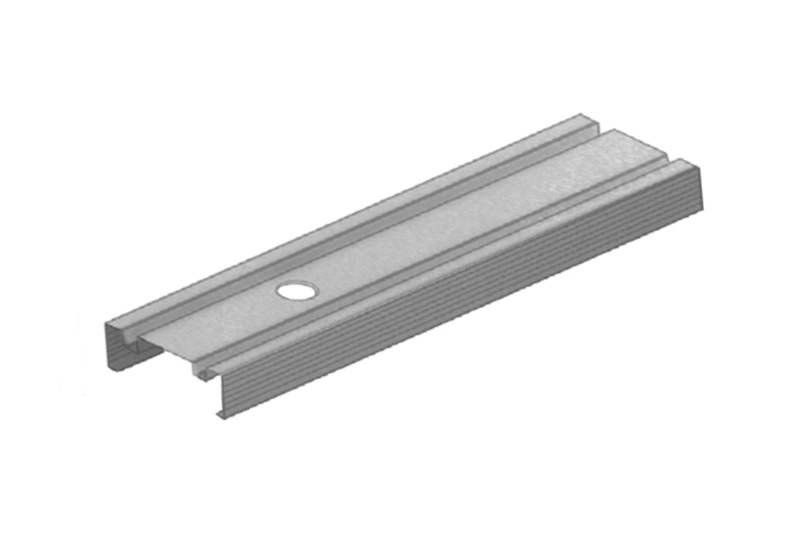
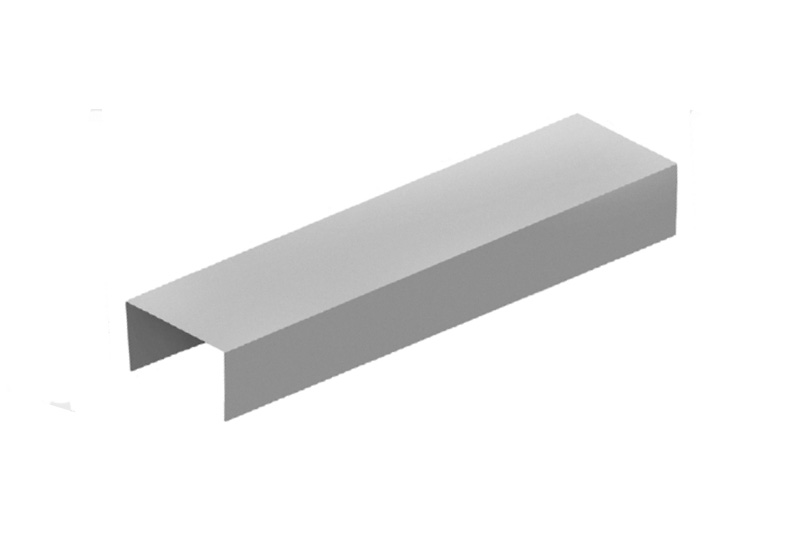
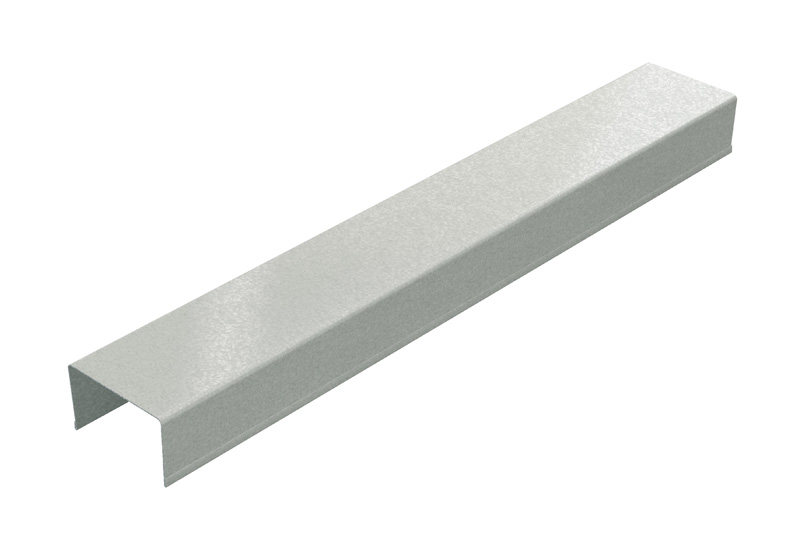
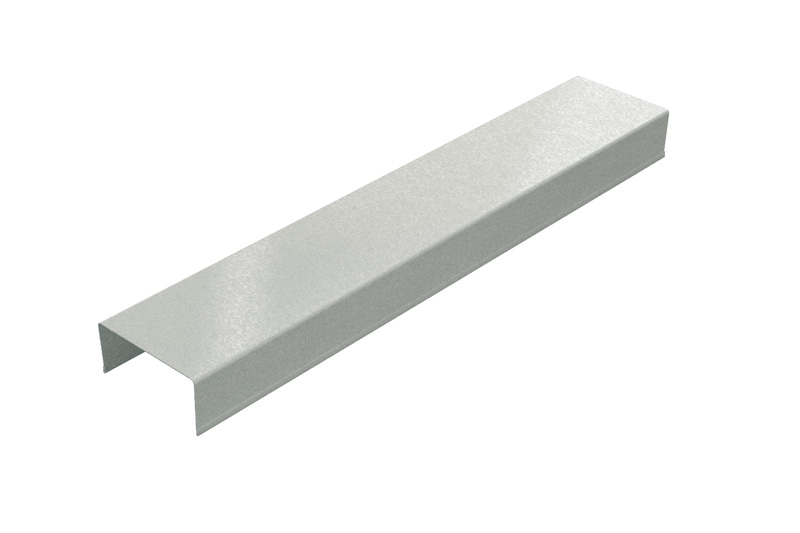
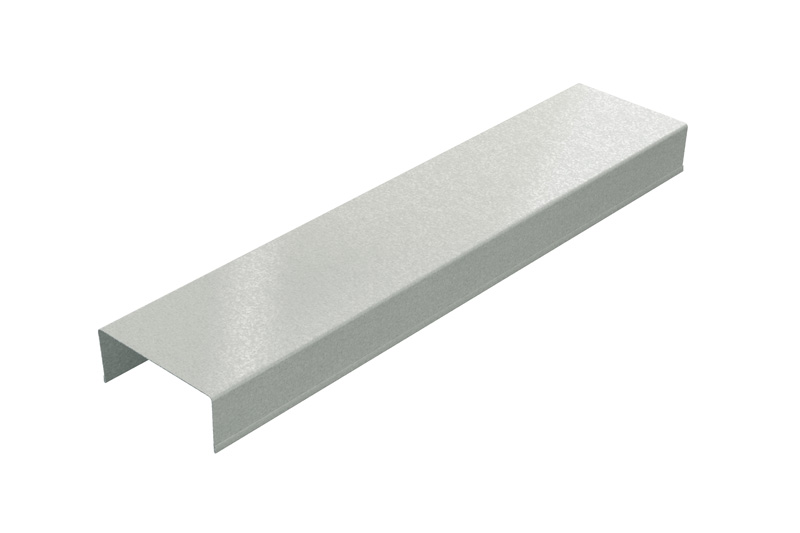
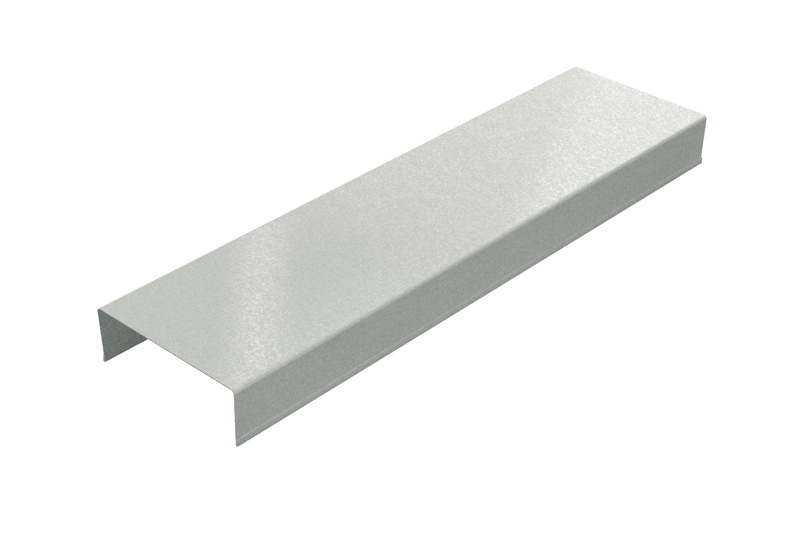
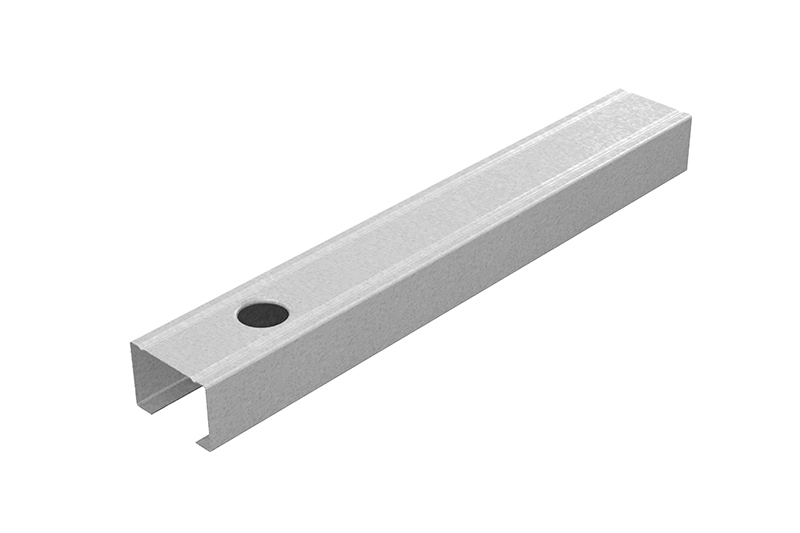
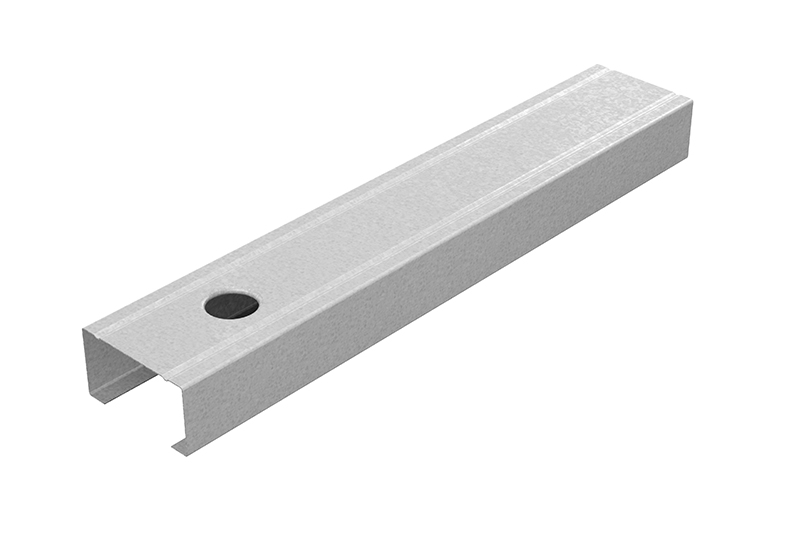
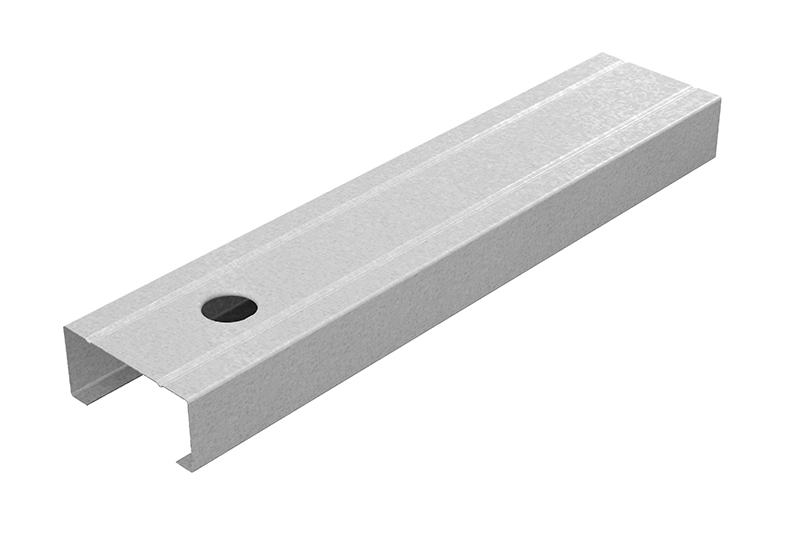
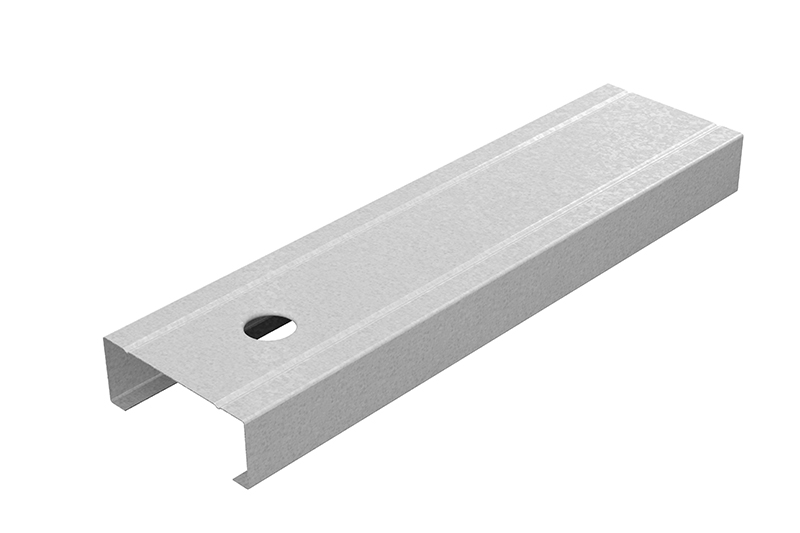
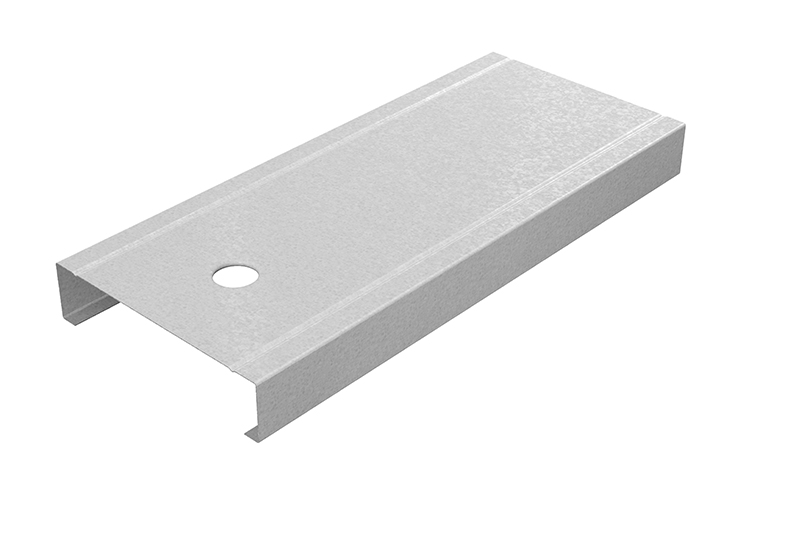
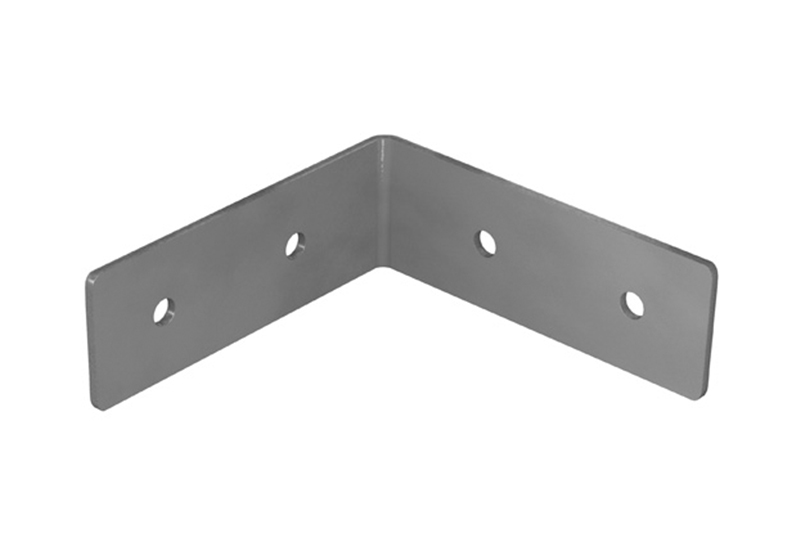

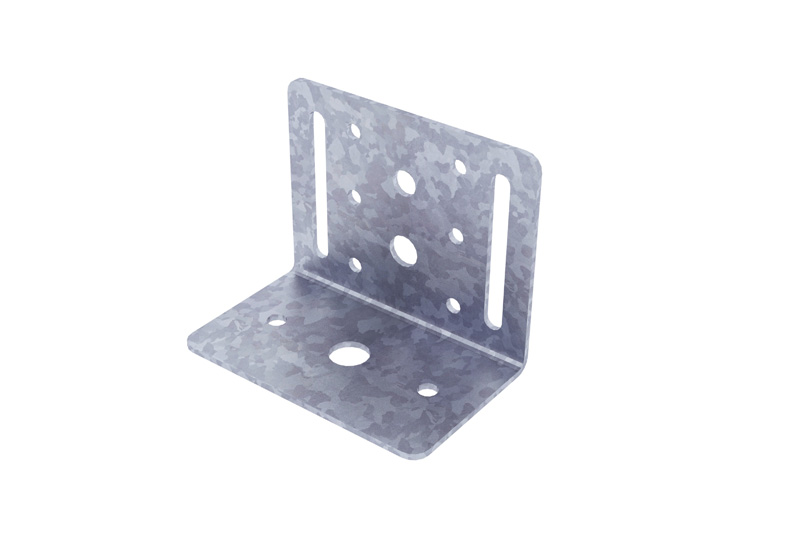
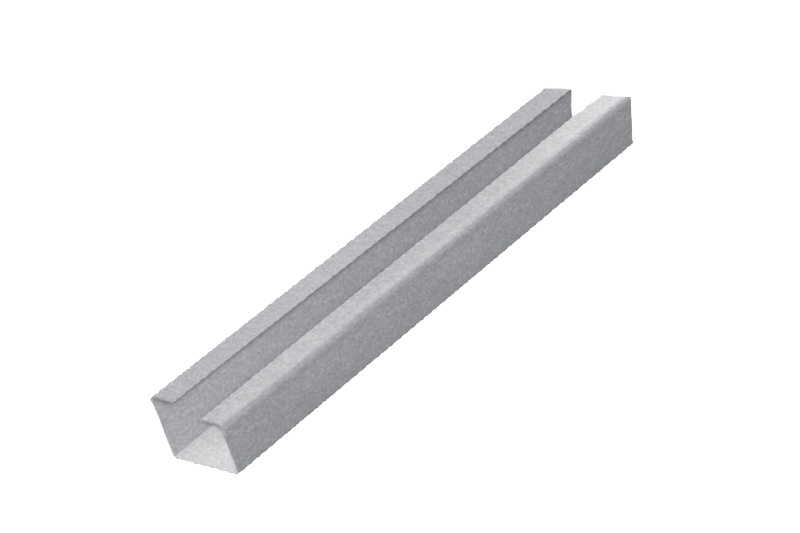
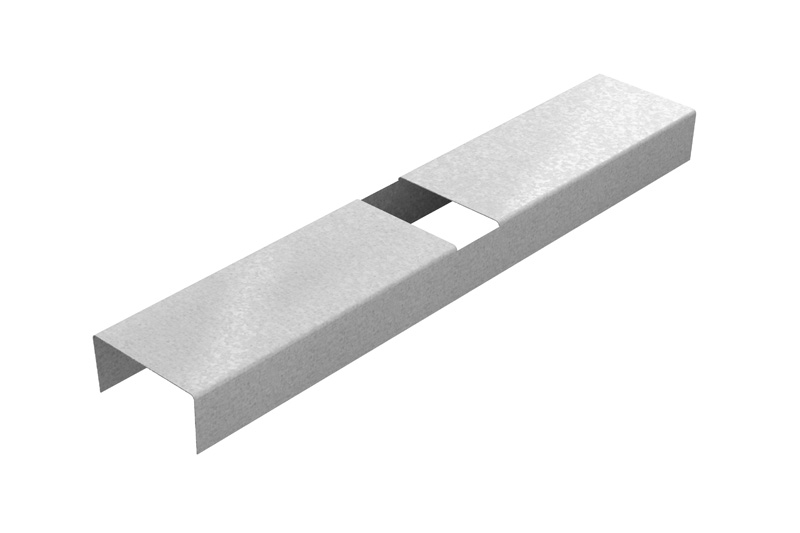
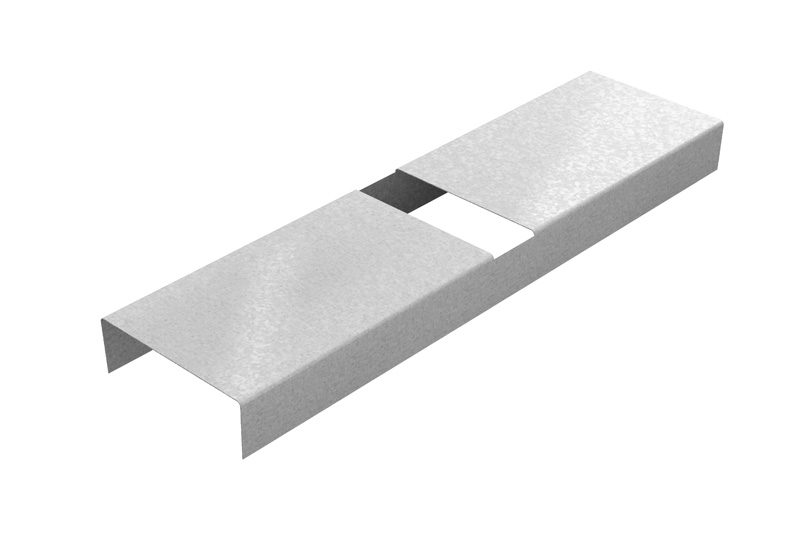
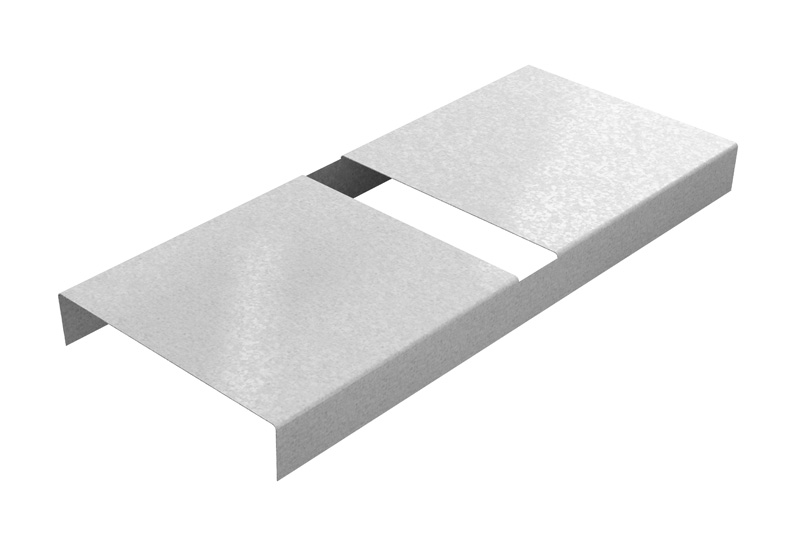
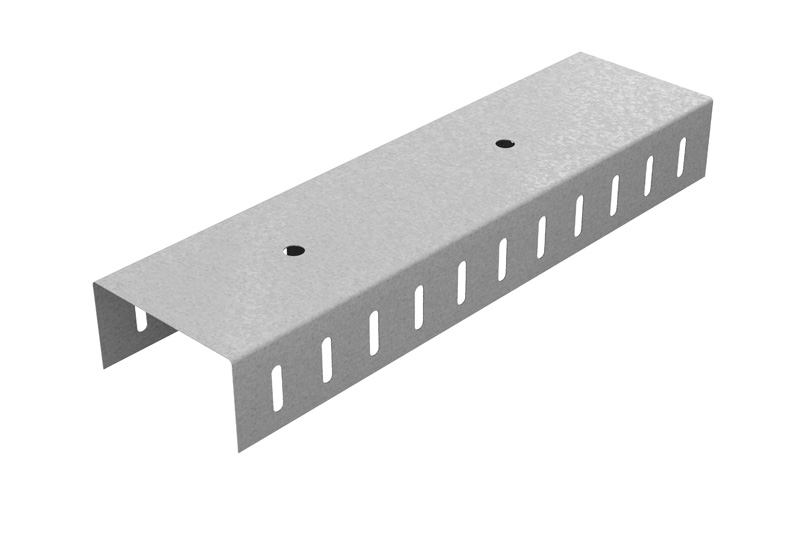
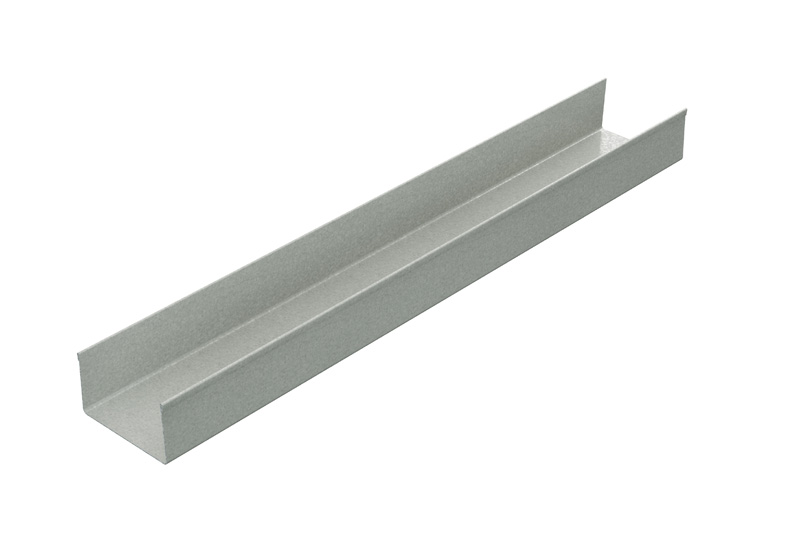
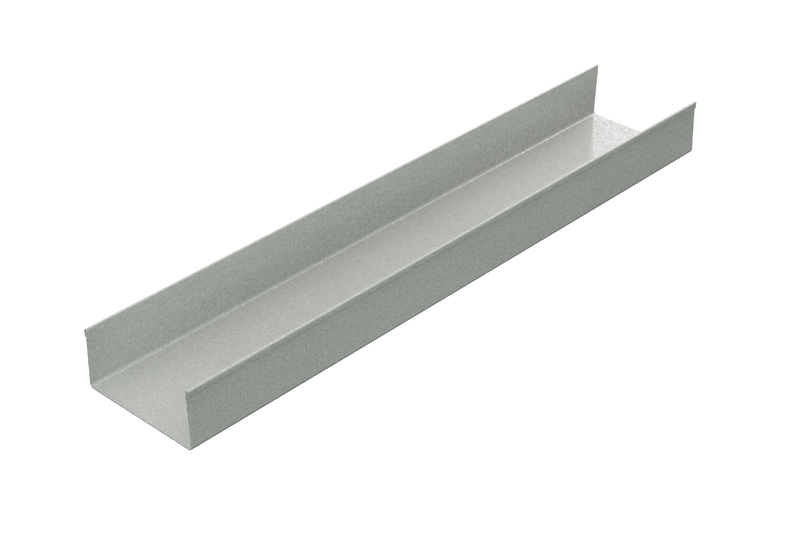
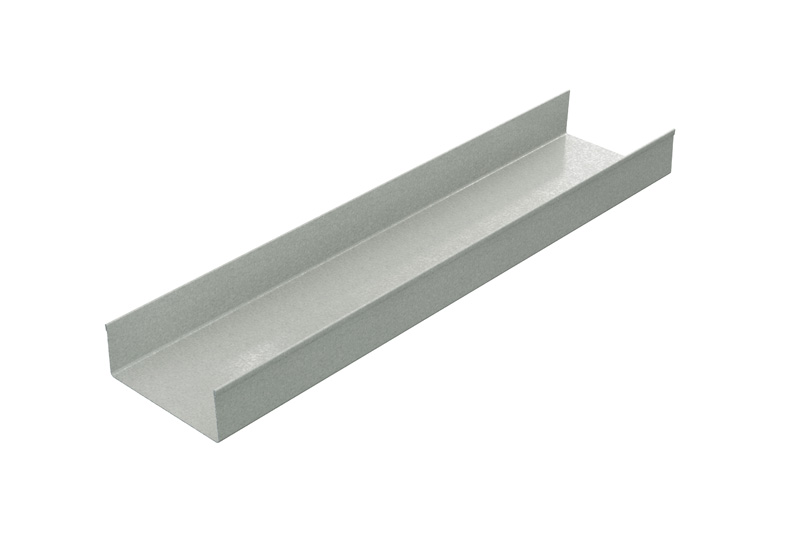
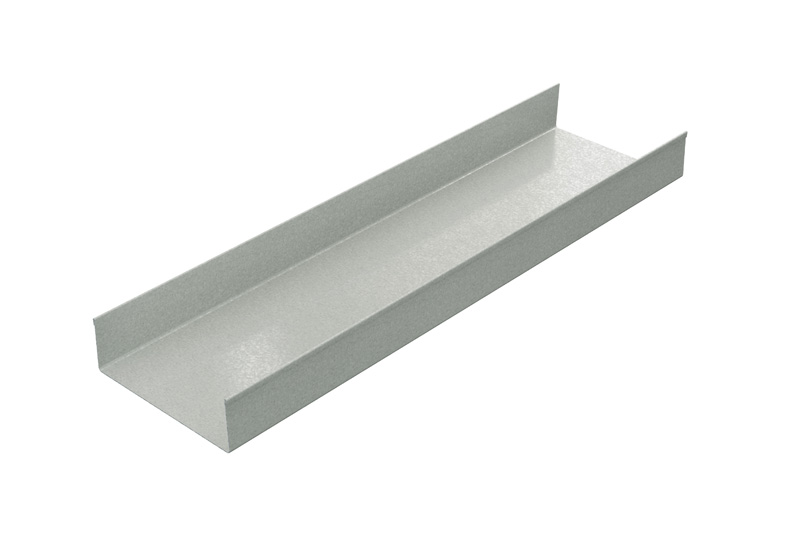
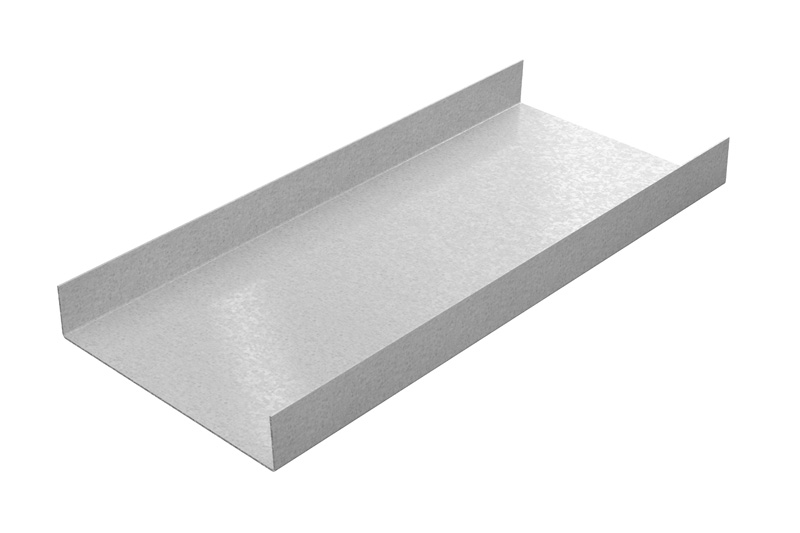




























Siniat Internal Stud Wall Framing Systems
Description
Internal steel stud walls are used in commercial and high-rise applications such as office buildings and apartment blocks. They are light weight, quick to install, and the components are easy to deliver on site.
Read more
Why Choose Siniat as part of your solution?
Siniat Metal manufactures a wide range of quality steel stud and track profiles for different wall systems applications. Siniat Metal Internal Framing has superior corrosion protection for Australian conditions and Standards.
Our studs, along with many other components, are made from Grade 300 MPa steel with corrosion protection of Zincalume ‘next generation’ AM150. Zincalume AM150 is a corrosion protection coating that offers superior added strength and corrosion resistance.
Siniat provides a full design and inspection service backed up by a Siniat Warranty. The detailed engineered designs which are issued, allow for the varied wall heights and window or door openings specific to each project.
Siniat offer many tools to assist in the design of your internal wall frame including:
Siniat Wind Load Calculator and Siniat Frame Finder, however for the construction of simple internal walls, products can be selected by referring to our wall height tables available to download here.
Fire, Load-bearing & Acoustic Performance Selection
Siniat Metal framing members have been fire tested as part of a system or systems. For selection of Siniat Metal components to be used in Fire Rated Walls, further guidance can be found in Siniat Blueprint, or by using our Siniat Frame Finder and Siniat SELECT or by contacting our Siniat Engineering Team.
Products selected for load bearing walls require special consideration. Contact our Siniat Technical Services Engineering Team for advice.
Products selected for acoustic walls are typically selected based on the acoustic performance of the entire system once the fire rating has been allowed for. Refer to Acoustic Stud Wall Framing Systems for more information
Lateral Deflection
Siniat Metal Wall Systems typically allow for a maximum of H/240 lateral deflection. The H is the wall height expressed in (mm). Therefore for a wall 2400mm high, 2400 is divided by 240 resulting in lateral deflection of up to 10mm at maximum design pressures. Some types of brittle wall boards or finishing products e.g. tiles, may require less deflection of the wall to avoid cracking of the product.
Lateral deflection can be minimised by designing for H/360 or H/500 etc. For selection of Siniat Metal components to be used in walls with specific lateral deflection limits , contact our Siniat Technical Services Engineering Team.
Vertical Deflection
Vertical Load Bearing Walls do not allow for any vertical deflection. Non-load Bearing Walls can accommodate vertical deflection when the correct products are selected and installed. The required amount of vertical deflection is determined by the design of the supporting structure.
Walls that are required to allow for vertical deflection must have a Deflection Head Track at the top of the wall. The Deflection Head Track is a 50mm deep profile. The studs must be cut 20mm short of the supporting structure, this allows for the structure to deflect downwards up to 20mm without causing damage to the wall below.
The Siniat Deflection Head Track can be simply ‘friction fit’ into the Deflection Head Track just as it would with a Standard Head Track. For most internal walls in the 2400mm to 3600mm height range the stud can simply be friction fit into the Deflection Head Track just as it would with a Standard Head Track.
Benefits
Refer to Siniat Blueprint for further guidance on structural frame design for internal walls
What substrates can plasterboard be fixed to?
Plasterboard can be fixed to various substrates that form wall partitions, ceilings, bulkheads or ducting. Plasterboard is most commonly fixed to steel studs, timber studs or masonry for wall partitions. Plasterboard can be fixed to ceiling framing by either directly fixing to the joists or by first installing a metal furring channel and then fixing the plasterboard to the furring channel. Furring channel is also used to fix plasterboard linings for suspended ceilings or as an alternate method for fixing plasterboard to masonry on walls. All methods of the installation can be found in Siniat’s technical literature.
What methods of fixing should I use to install plasterboard?
The Australian Standard AS/NZS 2589:2007 allows three ways to fix plasterboard to steel or timber substrates. The options are screw fix only, nail fix only or a combination of either screw or nail with adhesive. The preferred method is to use screws or nails with adhesive. The nail fix only method is only suitable for a Level 3 Finish. Please refer to Siniat’s technical literature or AS/NZS 2589:2007 for correct installation details such as the spacing of fasteners and adhesive for each method and correct screw/nail type and size.
What are the maximum steel/timber framing centres for plasterboard?
| Plasterboard Type and Thickness | Walls (mm) | Ceilings (mm) | For ceiling areas of intermittent high humidity e.g bathrooms and external ceilings |
| MastaShield10mm | 600 | 450 | 300 |
| MastaShield13mm | 600 | 600 | 450 |
| SpanShield10mm | 600 | 600 | 450 |
| Opal10mm | 600 | 600 | 450 |
| SoundShield10mm and 13mm | 600 | 600 | 450 |
| WaterShield 10mm and 13mm | 600 | 600 | 450 |
| FireShield 13mm and 16mm | 600 | 600 | 450 |
| TruRock 13mm and 16mm | 600 | 600 | 450 |
| TruRock HD 13mm | 600 | 600 | 450 |
| Designpanel | 600 | 600 | – |
| CurveShield 6.5mm | 550 | 550 | – |
*For CurveShield refer to Siniat’s Technical Manual for more information on the maximum frame spacing and minimum curve radius. Note: For plasterboard fixed to masonry refer to Siniat’s Technical Manual.

BIM FILES
Siniat has a large library of CAD details for all types of systems.

